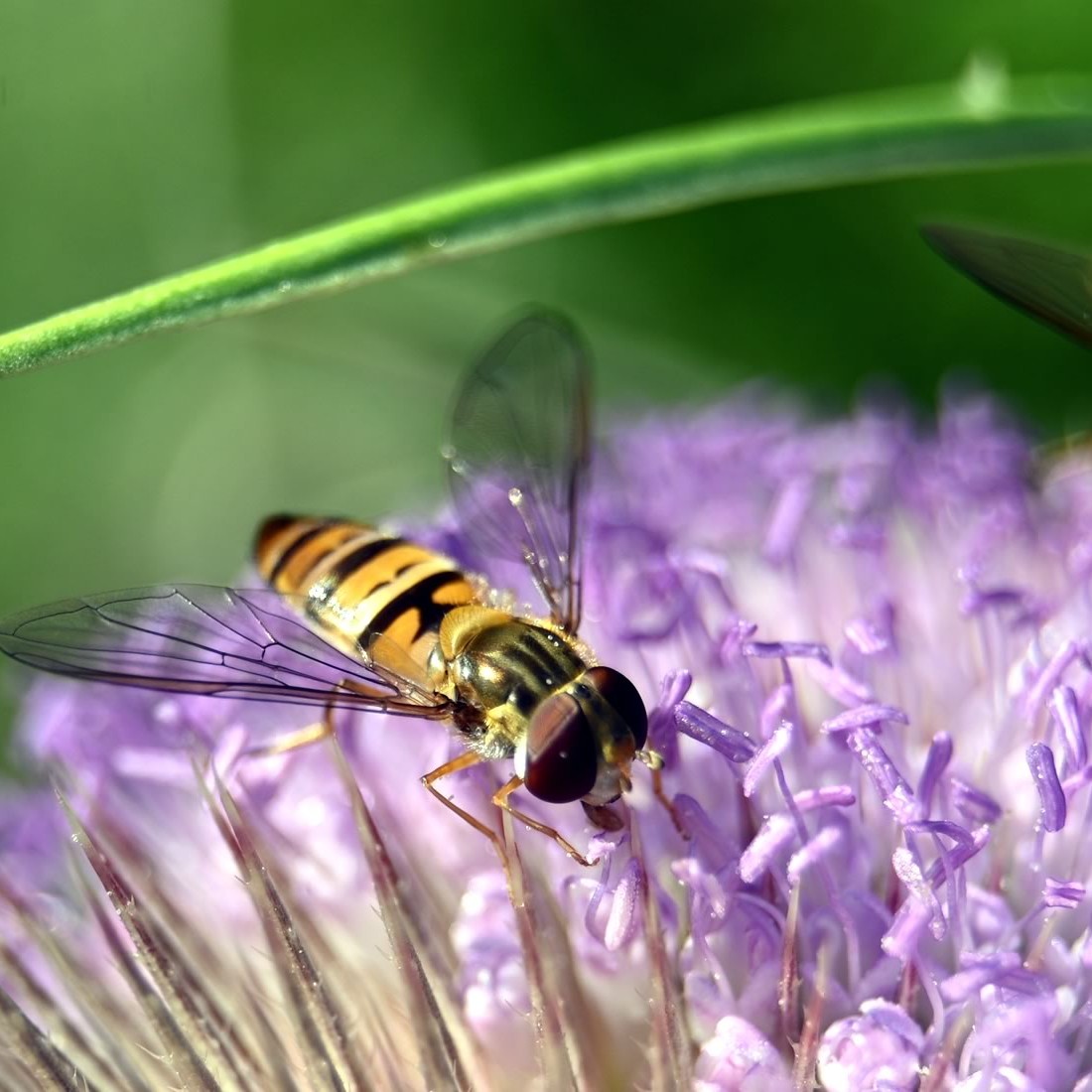Outdoor summer gatherings can bring a lot of unwanted guests – from mosquitos and rain, to your nosey neighbor. The last thing you should have to worry about is the everyday items in your backyard that might cause summertime blues. More than 50 million Americans have allergies and asthma, which can be triggered by things you might least expect.
To help you identify the summer allergy and asthma triggers lurking in your backyard before they spoil your summer soiree, the American College of Allergy, Asthma and Immunology (ACAAI) has put together the following list.
Steer Clear of Bug Stings – Backyard bugs can be more than just a nuisance. An estimated two million Americans are allergic to insect stings, which can cause a life-threatening allergic reaction known as anaphylaxis. Those with a known insect allergy should always carry their allergist prescribed epinephrine. Insect stings can be avoided by always wearing shoes in the yard, keeping food covered and not drinking from open soft drinks which attract bugs. Also steer clear of sweet-smelling perfumes, deodorants and hairspray, as well as brightly colored clothing.
Terminate Ticks – The lone star tick, which can be found in the southern and central regions of the country, can trigger an interesting allergic reaction. If you notice hives, nausea, asthma or other allergy symptoms three to six hours after eating red meat and have recently been bitten by a lone star tick, you might have what is known as a meat induced alpha-gal allergic reaction. If symptoms are serious, seek emergency attention. Be sure to follow up with your board-certified allergist for proper allergy testing and treatment plan.
Manifesting Mold – Grass and tree pollens aren’t the only environmental allergens that can trigger allergy and asthma symptoms. Outdoor molds can grow on rotting logs, in compost piles and on grasses and grains. The summer’s heat can promote mold growth which can lead to sneezing, a runny or stuffy nose, itchy throat and eyes, hives, and wheezing. Your allergist may prescribe treatment that goes beyond over-the-counter medications, such as immunotherapy (allergy shots).
Screen Your Sunscreen – While it is possible to be allergic to the sun and break out in hives after exposure, you might also be allergic to your sunscreen. If you notice a rash or itchy skin after applying your sunscreen, the chemicals in the lotion might be causing contact dermatitis. Opt for natural sunscreens or those that don’t use the chemicals benzophenone, octocrylene and PABA (para-aminobenzoic acid) which can commonly cause contact dermatitis.
BYOB (Bring Your Own Barbeque) – If you are one of the four percent of Americans with a food allergy, backyard barbeques should be attended with caution. Not only can food allergens be hidden in picnic salads and sauces, cross-contamination is also common. This can occur when the same utensils are used for grilling and serving side dishes, and when condiments are shared. Bring an allergy-free dish for yourself and use condiment packets. Always carry two doses of prescribed epinephrine as well.
Stifle the Smoke – Smoke from the barbeque and bonfire can be extremely bothersome if you are one of the 26 million Americans with asthma. Smoke can trigger an asthma attack. Sit upwind of the smoke and avoid getting too close.
“Anyone with allergies and asthma should be able to enjoy the summer outdoors, without bothersome symptoms,” said allergist Richard Weber, ACAAI president. “A board certified allergist can help you understand what allergens trigger your symptoms, and how to avoid them during all times of the year.”
###
By Staff Editor
healthnewsdigest.com
July 1, 2013
You may also be interested in . . .
A Deep Dive into Summertime Allergies
As the warmth of summer graces us with its presence, many of us are eager to embrace outdoor activities and soak up the sun. However, along with the…
Stinging Insects & Allergic Reactions
As summer continues marching on, the calendar surely includes upcoming cook-outs, boating on the lake or just a few hours playing in the backyard. The…
Watch Out for Backyard Allergy Triggers
Allergy and asthma triggers can turn your backyard from a summer oasis into a place of misery if you don't take precautions, experts say.


